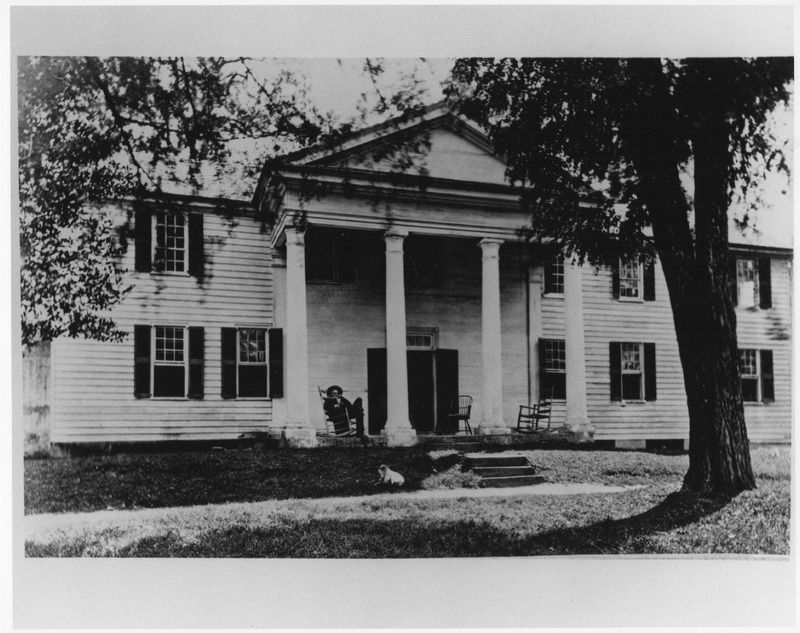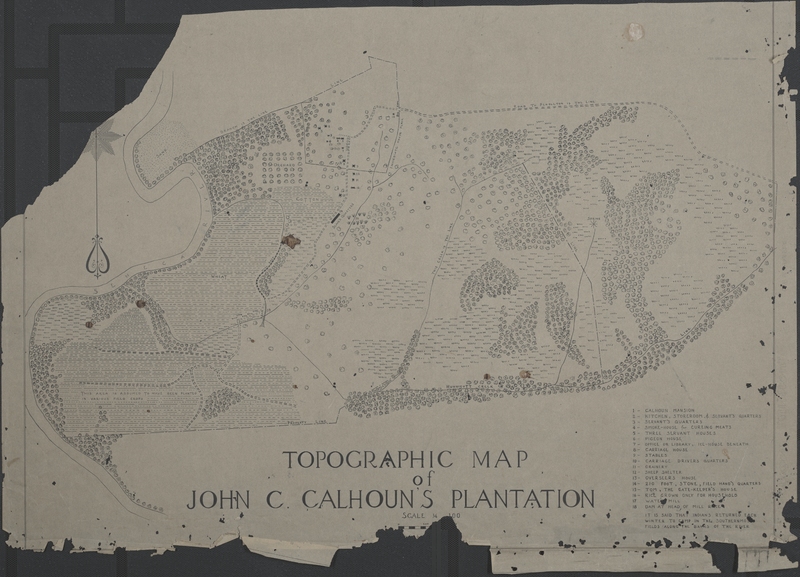Centennial History 1893-1993
Fort Hill Museum: Centennial History 1893-1993
Clemson University and Fort Hill, the former antebellum plantation house of the extended Calhoun-Clemson family will always be inextricably intertwined. Both were created out of the Last Will and Testament of Thomas G. Clemson, founder, and namesake of the University. Thomas G. Clemson, a Philadelphian by birth married the daughter of 19th century political figure Vice President John C. Calhoun.
Thomas Green Clemson Anna Maria Calhoun Clemson
The name Calhoun in the 21st century has become synonymous with the ideologies of systemic racism against African Americans. Within the last decade Yale University dropped the Calhoun name from the residential college built in the 1930s. Just earlier this past year in 2020, Clemson University has dropped the name Calhoun from the Honors College which took the name in the early 1960s. Finally,in the city where Calhoun is buried in Charleston, the statue on Marion Square which was place in front of the old Citadel College campus was also removed in 2020.
John C. Calhoun Floride Bonneau Colhoun Calhoun
The Fort Hill Centennial History is a Dgital Research Collection (DRC). This virtual exhibit topic traces an examination of the existance of Fort Hill dwelling house as an histoic house museum. Secondary sources complement the primary sources. Historical backdrop on Clemson University history is provided in Dr. Jerome Reel’s A High Seminary history of Clemson University. The evolution of Fort Hill is contextually part of the historic house museum movement lead by historic preservationists at biographical historic sites such as Mount Vernon, Monticello, or the Hermitage. Contextually, however is the caveat of the interpretation of preserving the “Big House” and losing the framework of what plantation life was like in the antebellum period and particularly in the enslaved community. Seminal works such as John Michael Vlach’s Back of the Big House along with historical archaeology and family oral histories of long held family stories of Fort Hill were recorded in Dr. Jim Megginson’s African American Life in South Carolina’s Upper Piedmont.
Black Heritage in the Upper Piedmont of South Carolina Project Collection
The Fort Hill Digital Research Collection can thus be seen as a case study of the people, politics and preservation as historic house museums evolved during the 20th century. The process continues forward twenty years into the 21st Century.


